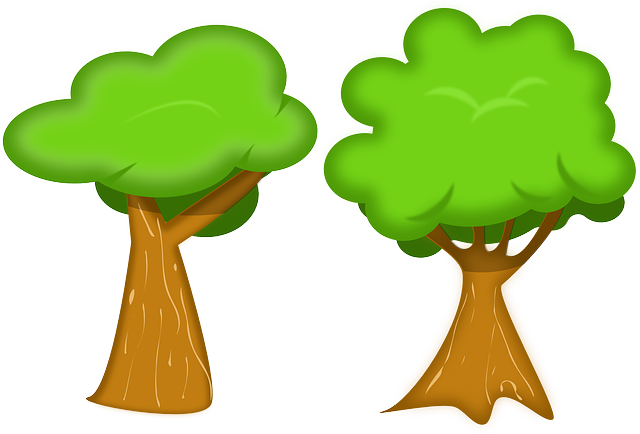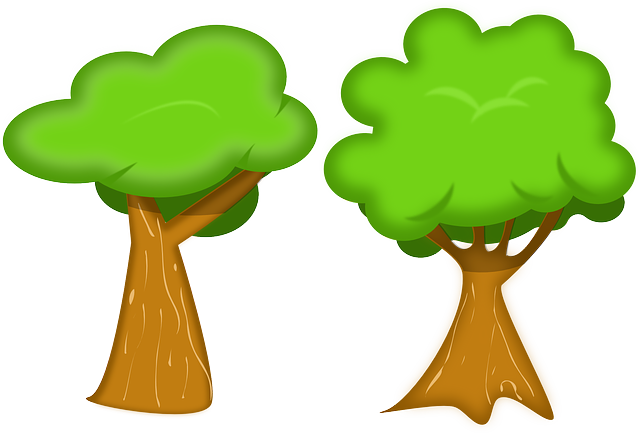In Plano, Texas, severe weather frequently causes tree damage, necessitating proactive Tree Maintenance Plano TX. Regular inspections, pre- and post-storm pruning, and quick response to weakened or diseased trees are key. Post-storm, assessing damage, prioritizing repairs, and trimming broken branches are crucial for tree safety and landscape health. Timely care enhances tree stability, prevents pest/disease invasion, and contributes to the city's vibrant green environment. Homeowners should consult professionals for tailored advice on regular maintenance and strategic planting to ensure long-term tree health and property protection.
“After a storm, proper tree maintenance in Plano, TX, becomes an essential task. Understanding the extent of storm damage to trees is the first step. This article guides you through the process, highlighting why immediate action is crucial for both property safety and tree health. Learn how to assess damaged trees, prioritize their care, and implement safe trimming techniques. Additionally, discover long-term strategies to prevent future storm damage, ensuring your trees remain vibrant and resilient.”
- Understanding Storm Damage to Trees in Plano, TX
- Why Prompt Tree Maintenance is Crucial After a Storm
- Assessing and Prioritizing Damaged Trees
- Steps for Safe and Effective Tree Trimming
- Long-term Care and Prevention Strategies for Healthy Trees
Understanding Storm Damage to Trees in Plano, TX

In Plano, TX, storm damage to trees is a common occurrence during severe weather events, which can range from high winds to heavy rainfall and hail. These conditions can lead to significant tree damage, including broken branches, uprooted trees, and even structural failure in older or poorly maintained specimens. Understanding the extent of the damage is crucial for effective Tree Maintenance Plano TX. Homeowners and property managers should inspect their trees post-storm to assess potential hazards and plan for necessary care.
Regular maintenance plays a vital role in mitigating storm damage risks. Pruning and trimming trees before and after stormy seasons can help reduce the weight of heavy branches, improving their resistance to strong winds. Additionally, addressing weakened or diseased trees promptly can prevent further deterioration, ensuring the safety of both property and people nearby. Effective Tree Maintenance Plano TX strategies not only enhance the overall health of trees but also contribute to a more resilient landscape in the face of adverse weather conditions.
Why Prompt Tree Maintenance is Crucial After a Storm

After a storm, proper tree maintenance in Plano TX becomes even more critical as it can mean the difference between saving and losing valuable trees. Prompt action is essential to ensure the health and longevity of your trees, especially since storms often leave behind significant damage. Delays in maintenance can result in weakened structures that are more susceptible to further deterioration or complete collapse.
Trees that have sustained storm damage may exhibit visible signs like broken branches, snapped limbs, or uprooted roots. These injuries can create entry points for pests and diseases, compromising the tree’s overall stability and vitality. Regular inspections and immediate care can prevent such issues from escalating, protecting your investment and contributing to the city’s green landscape.
Assessing and Prioritizing Damaged Trees

After a storm, assessing and prioritizing tree damage is crucial for effective tree maintenance in Plano TX. The first step involves conducting a thorough inspection to identify trees that require immediate attention. Look for signs like broken branches, snapped trunks, or severe leaning, as these indicate potential hazards. Prioritizing damaged trees ensures that the most vulnerable ones are tended to first, minimizing risk to property and people.
Tree maintenance professionals in Plano TX should consider the type, extent, and location of damage when prioritizing. Trees located near power lines or buildings might require immediate removal to prevent further harm. Others with less severe damage but in vital areas, like sidewalks or roads, may need structural support or pruning to restore stability and promote healing.
Steps for Safe and Effective Tree Trimming

When dealing with storm-damaged trees in Plano, Texas, safe and effective tree trimming is paramount to prevent further harm and ensure the health of your landscape. Start by assessing the damage: inspect branches for breaks, cracks, or hanging debris. Prioritize trimming broken limbs to avoid potential injuries or property damage. Use proper tools like pruning shears, loppers, or a chainsaw, depending on branch thickness.
Proper technique is crucial; cut branches at their point of attachment, avoiding notches that can invite decay. For larger branches, make a notch on the side away from the trunk, then cut from the top down to meet the notch. This reduces stress on the tree and prevents it from tearing. Regular maintenance, including trimming after storms, promotes a robust and beautiful landscape, so consult with professionals in Tree Maintenance Plano TX for expert guidance tailored to your specific needs.
Long-term Care and Prevention Strategies for Healthy Trees

After a storm, many homeowners in Plano TX turn their attention to damaged trees, but proactive long-term care and prevention strategies are key to maintaining a healthy urban forest. Regular tree maintenance, including pruning, deep watering during droughts, and fertilizing according to species needs, strengthens trees against future storms.
Additional preventive measures like planting the right tree in the right place (considering shade tolerances and space requirements), protecting trunks from mechanical damage, and applying protective coatings can further enhance resilience. Investing in these strategies not only beautifies the landscape but also safeguards property and ensures the well-being of Plano’s vibrant urban forest for years to come.
After a storm, proper tree maintenance in Plano, TX, is vital to ensure the safety of your property and the health of your trees. By understanding the extent of storm damage and implementing prompt trimming and care, you can protect your landscape from further hazards. This comprehensive guide provides essential strategies for navigating the aftermath of a storm, from assessment to long-term prevention, empowering Plano residents to maintain vibrant and resilient tree environments. Remember, quick action is key; don’t delay in tending to your damaged trees.






